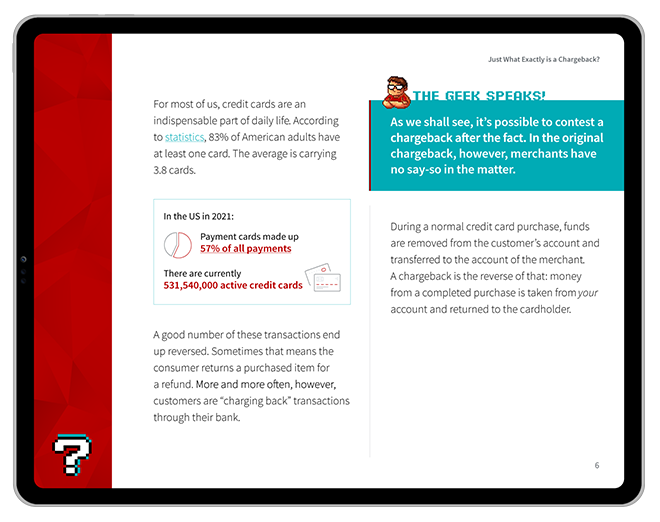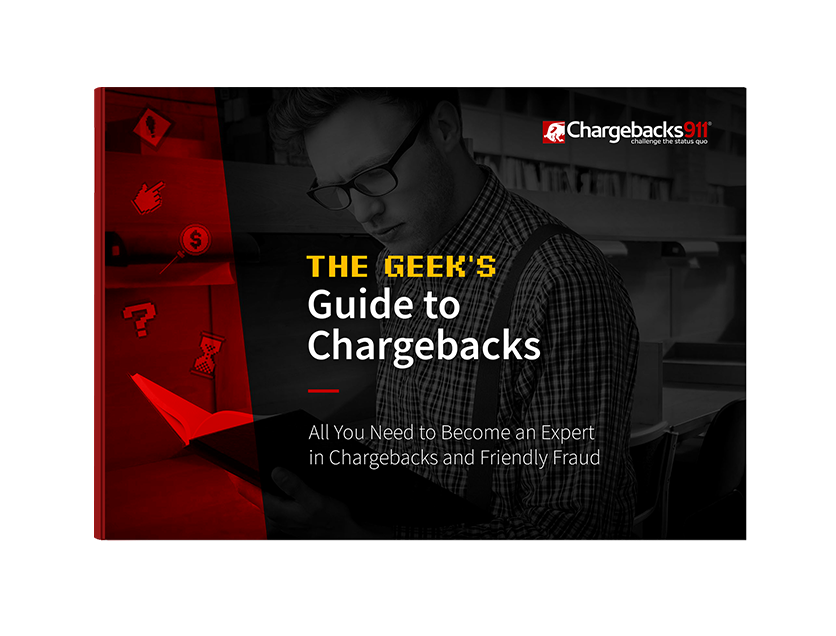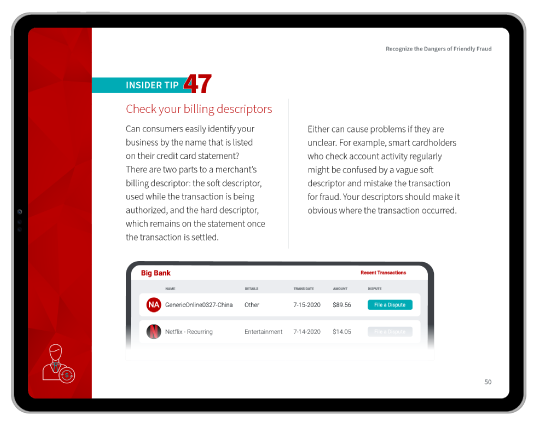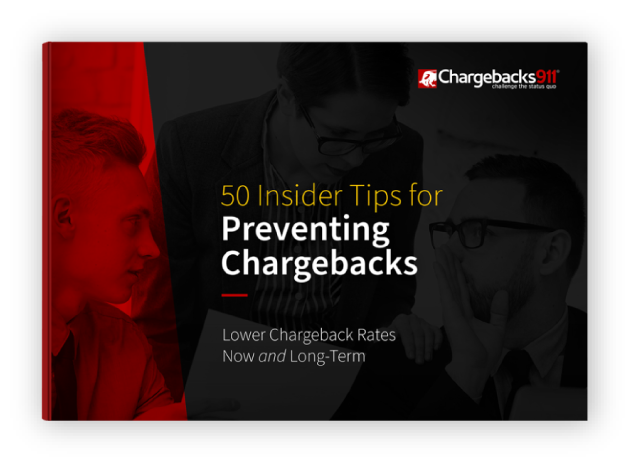How to Combat Rising Chargebacks in the Transport Industry
Chargebacks, or forced payment reversals resulting from a customer dispute, are becoming an epidemic within the shipping and transport space. Part of the problem is the overall upward trend in chargeback issuances as a whole. But, there are key aspects of transportation that make it particularly susceptible to disputes.
Transportation chargebacks can be assessed for several reasons, such as incorrect package labeling, incomplete order data transmission, improperly attached hang tags, and so on. This chargeback process involves the client identifying the violation, quantifying the associated cost, and then deducting this amount from the payment due to the transport vendor.
Unfortunately, many transport companies view chargebacks as just another cost of doing business. But this mindset can cause manufacturers to miss a significant opportunity. So, how do transportation chargebacks work? And, how can transport companies prevent them? Let’s take a look.
Recommended reading
- Venmo Chargebacks: How Do Disputes Work on Venmo?
- What is the Zelle Dispute Process? What Should Victims Do?
- Bank of America Disputes: Here's What You Need to Know
- Stripe Chargeback Fees: Rules, Policies & How to Lower Costs
- How Square Disputes Work | Rules, Protections & More
- Dropshipping Chargebacks | Causes & Tips to Prevent Them
Transportation Chargebacks: At a Glance
Transportation chargebacks are a problem for service providers in logistics and supply chain management.
The term refers to the costs charged back to a shipper or supplier due to non-compliance with the receiving company's transportation or logistics policies. These could be associated with various stages of the shipping process, from pickup to delivery.
Transportation chargebacks can pose a significant financial burden, particularly for smaller or newer manufacturers and transport agencies. That's why it's crucial for these businesses to familiarize themselves with their clients’ shipping guidelines. By doing so, they can avoid these unexpected costs and foster positive business relationships.
Why Do Transportation Chargebacks Happen?
Imagine a merchant shipping a package to a major retailer. However, the package arrives late.
This interruption to the retailer's workflow can result in a chargeback, a fee to compensate for the inconvenience and associated costs. The same can happen if there are mistakes in the shipment's paperwork, which can cause further delays and, as you might have guessed, more chargebacks.
While the causes for transportation chargebacks can vary greatly, some of the more common dispute triggers include:
A high chargeback ratio can be devastating for your bottom line. Beyond the obvious fees and loss of revenue, there are several resulting issues you need to be aware of.
How Do Chargebacks Impact Transportation?
Transportation chargebacks can deeply disrupt your daily operations. Each dispute translates to revenue loss and increased administrative expenses.
You may be able to challenge the customer’s claim through representment. Even if you win, you will be assessed a chargeback fee and take a hit to your chargeback ratio. This will lead to increased costs and more complications in the future.
These disputes hurt the industry as a whole. The more disputes that are filed, the riskier the transportation business appears. That leads to higher processing fees, stricter operating limitations, and more.
Chargebacks lead to:
Learn more about chargeback costsOverall, transportation chargebacks have far-reaching impacts. They affect your reputation, customer relationships, operational efficiency, and compliance standing.
10 Tips to Prevent Transportation Chargebacks
You must proactively address chargeback issues. The keys to this are improved communication, enhanced customer satisfaction measures, and effective dispute resolution when necessary.
You need to embrace a customer-centric approach focused on transparency and satisfaction. This proactive approach fosters trust, prevents misunderstandings, and ensures customers make informed decisions about purchases.
We recommend these 10 chargeback prevention best practices to decrease your overall chargeback issuances:
#1 | Adopt a Proactive Approach
It's important to familiarize yourself with your customer's expectations of you as a shipper. Seek written instructions detailing the primary and secondary carriers your customers prefer, differentiated by geographical regions.
#2 | Monitor Customer Routing
While having a physical routing guide is helpful, it is crucial to periodically visit your customers' websites to stay informed about carrier status and any routing changes that might occur.
#3 | Deploy Interactive Web Tools
These tools simplify the process of identifying your customer's desired carrier based on specific factors. For instance, the origin and destination Zip codes, product type, weight, and the level of service needed. The convenience of accessing this information online is invaluable.
#4 | Communicate With Your Customers
Regular check-ins with your customers can help you stay aware of any updates to routing instructions, carrier pricing, and negotiation. This is also the time to address any concerns you may have.
#5 | Negotiate Potential Compliance Issues
If you anticipate problems with a customer's requirements, discussing these issues in advance is best. Openly addressing your concerns before a problem arises during shipping is crucial.
#6 | Assemble Your Team
You need a collection of skilled individuals from sales, advertising, credit, customer service, EDI, shipping, and returns departments. Each plays a part in reviewing customer routing guides and compliance manuals. If managing such a team isn't feasible, appoint a single person to review these manuals to ensure you can fulfill their shipping demands.
#7 | Be Adaptable
Resolving a compliance issue can sometimes lead to enhanced efficiency within your organization. Use customers' requirements as a catalyst for process improvements and for boosting your company's productivity.
#8 | Evaluate Chargeback Rate
Prioritize your chargebacks and identify the major cost drivers. Once you've identified the top three problems leading to transportation chargebacks, plan to address these issues with the respective personnel.
#9 | Fight Friendly Fraud
Tackle chargeback abuse head-on. Arrange a meeting with the customer who is imposing the most chargebacks or the one whose shipping instructions you find most challenging to adhere to. Understanding customer preferences and the rationale behind their dispute is key.
#10 | Establish Cost-Centric Rules
Your employees need to comprehend the financial implications of not following a customer's routing guide. They should be aware that non-compliance could lead to deductions from invoices. If employees aren't aware of the financial consequences of their errors, they may not give routing guide compliance the seriousness it deserves.
Learn more about chargeback preventionChargebacks Require a Better Solution
Any combination of the best practices outlined above can help you create a solid framework to minimize chargebacks. You can also enhance customer satisfaction and ensure a smooth and secure experience for customers in the process.
All that said, a piecemeal strategy won’t be effective. True fraud prevention and risk mitigation require a more comprehensive approach. Fortunately, we can help.
Chargebacks911® offers a true end-to-end technology platform that prevents more disputes, wins more reversals, and maximizes your ROI. Contact us today for more information on how to improve customer service to prevent chargebacks.
FAQs
What is a chargeback in transportation?
Transportation chargebacks, in logistics and supply chain management, typically refer to the costs charged back to a shipper or supplier due to non-compliance with the receiving company's transportation or logistics policies. These could be associated with various stages of the shipping process, from pickup to delivery.
Can you get in trouble for a chargeback?
Yes, consumers can get into trouble for misusing the chargeback process. Chargebacks are intended to provide consumers with protection against unauthorized transactions, unsatisfactory goods or services, or merchant errors. However, they are not meant to be used irresponsibly or fraudulently.
What is the chargeback process for vendors?
When transport vendors do not adhere to the specific shipping and delivery guidelines set by a client, they may incur a chargeback. In other words, they’re charged a penalty intended to recoup the costs or inconveniences caused by the non-compliance. This chargeback process involves the client identifying the violation, quantifying the associated cost, and then deducting this amount from the payment due to the transport vendor.
Are chargebacks illegal?
No, chargebacks themselves are not illegal. They are a consumer protection mechanism put in place by credit card companies to safeguard against fraudulent transactions, unsatisfactory goods or services, or merchant errors. However, it may be considered illegal if a consumer abuses the chargeback process. This is a practice known as friendly fraud.















